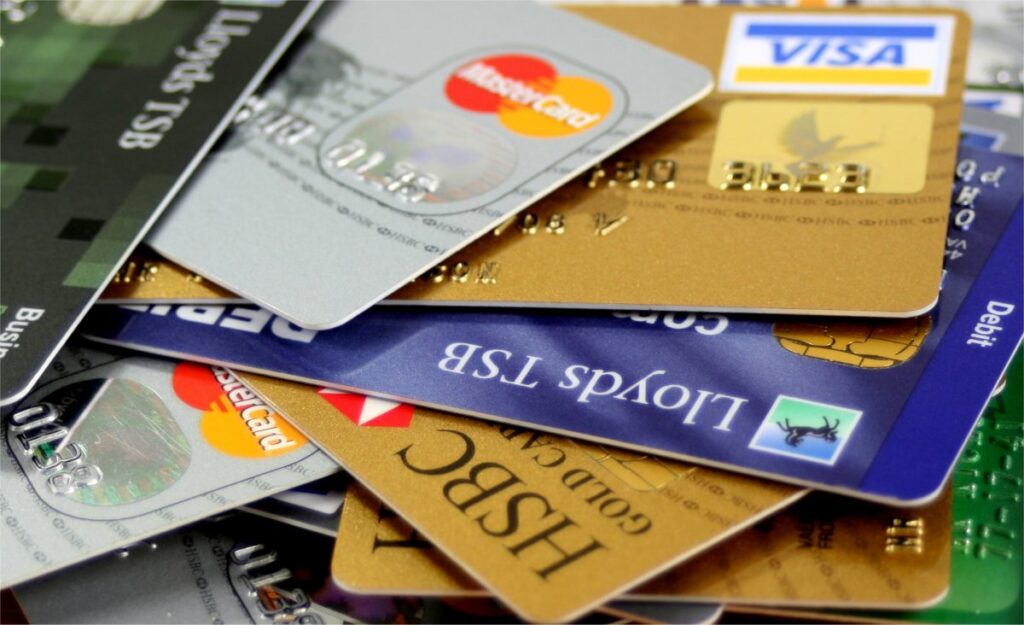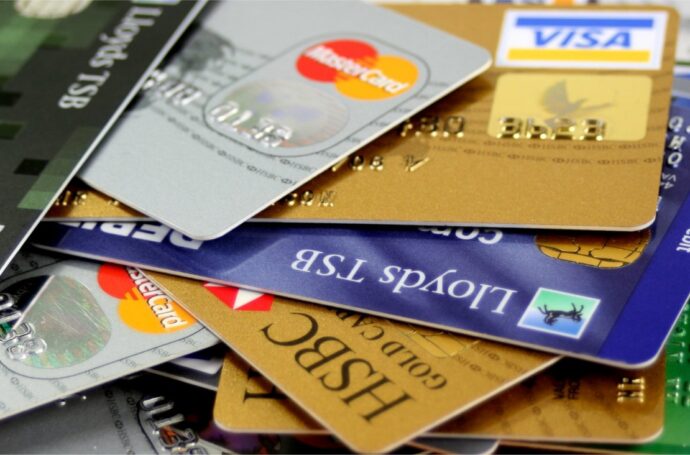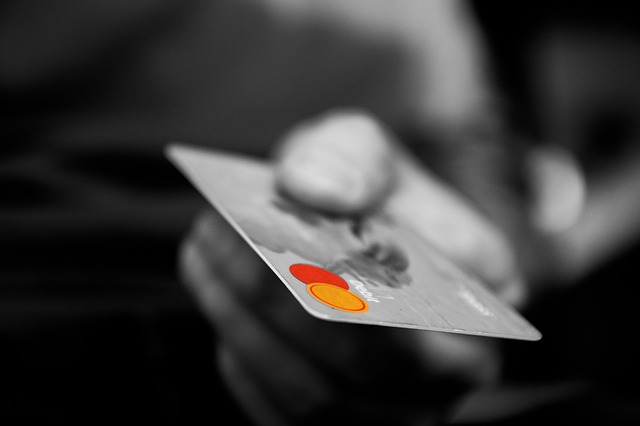
Some 189 million Americans have credit cards with the average balance per household being $8,398. Keep in mind, that’s just credit card debt. We haven’t mentioned mortgages, car loans or student loans.
Sadly, debt is so prevalent in America, most people consider it a way of life.
However, it is possible to live without it.
Here are some tips for achieving a debt-free life.
Create an Emergency Fund
If you have yet to do so, make it a priority to put away at least three to six months of your monthly expenses as a hedge against income disruption or large unexpected expenses. Having this money put away will enable you to weather such instances without incurring more debt — or at least as much as you would have otherwise.
Prioritize Paying Off Debt
As common sense as this particular tip may seem, most people have no idea how to do it.
Let’s say you’re one of those people who have four credit cards, with the total balances adding up to $8,398. Let’s say the balance on one of the cards is $3,000, another one is $2,500, another one is $1,500 and the last one is $1,398. Now, let’s say the minimum payment on each of those cards is $50, and you’ve been paying $100 per month on each one.
That’s a mistake; it’ll take too long to pay them all off that way.
The Debt Snowball
Instead, make the minimum payment on all of them except the one with the $1,398 balance. This will afford you $250 monthly to pay toward that one, which will help you pay it off more than twice as fast as when you were only paying $100 monthly.
Once you’ve eliminated that balance, you’ll have $300 monthly to put toward the $1500 balance, which will also have been being paid down at the rate of $50 monthly while you were killing the first account. Repeating the process with each successive card will give you the entire $400 to put toward the highest balance when all of the others are cleared up.
You’ll pay off all four cards much sooner than you would at the rate of $100 monthly on each one.
By the way, this works with car loans and mortgages too.
You can eliminate all of your debts with this method.
Debt Consolidation
Another way to approach debt elimination is with a credit card consolidation loan. While it might seem a bit backwards to make debt to get rid of debt, there are situations in which credit card consolidation can make sense.
You have to make sure the consolidation loan you take will let you pay your debts off sooner than you would by paying them individually. You’ll also want to seek a lower overall interest rate and a lower overall monthly payment.
Focus on Saving and Investing Next
With your debt eliminated, you can turn your attention to preparing for the time when you’ll no longer go to work every day. In other words, it’s time to start building your retirement fund.
We recommend eliminating debt first because the interest you’ll pay vs. the interest you’ll earn tends to be higher. Eliminating debt effectively means your money earns more interest afterwards — thus it’s a good investment.
Create a Spending Plan and Stick to It
One of the most fundamental of the tips for achieving a debt-free life. Creating a spending plan helps you ensure your money is working for you in every way possible, as opposed to against you.
Your goal should be to live on 80 percent of your income or less, while saving/investing at least 20 percent or more for your long-term goals. This becomes easy to accomplish with your debt laid to rest. Plus you’ll be able to save more so you can make subsequent purchases in cash, rather than charging them.

